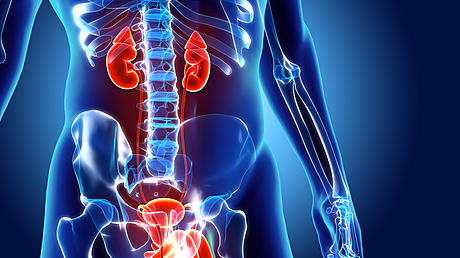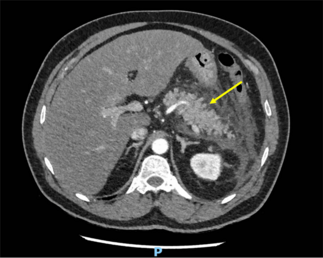Journal of Medical Science
Top Articles 
About Publishing

Cureus provides a smarter, affordable and hassle-free publishing experience. Learn more about the benefits of publishing with Cureus as well as how it all works!
Academic Channels

The subscription-based service that every academic department, medical school and medical society needs. Turn your organization into a publishing powerhouse with an academic channel.
Publishing Competitions

Position your organization as a thought leader and deliver relevant, peer-reviewed literature directly to potential customers with a Cureus publishing competition.
About Publishing

Cureus provides a smarter, affordable and hassle-free publishing experience. Learn more about the benefits of publishing with Cureus as well as how it all works!
Academic Channels

The subscription-based service that every academic department, medical school and medical society needs. Turn your organization into a publishing powerhouse with an academic channel.
Publishing Competitions

Position your organization as a thought leader and deliver relevant, peer-reviewed literature directly to potential customers with a Cureus publishing competition.







































This is an excellent and clinically meaningful case report that highlights the practical use of insulin monotherapy for hypertriglyceridemic pancreatitis in non-diabetic patients. The detailed tracking of triglyceride reduction over time, combined with a thoughtful literature review, provides strong support for insulin infusion as a feasible first-line therapy in appropriate cases. The article would be even stronger with a brief discussion of glucose monitoring strategies and a more structured comparison of outcomes across the reviewed studies. Overall, a valuable contribution to a growing area of clinical practice!